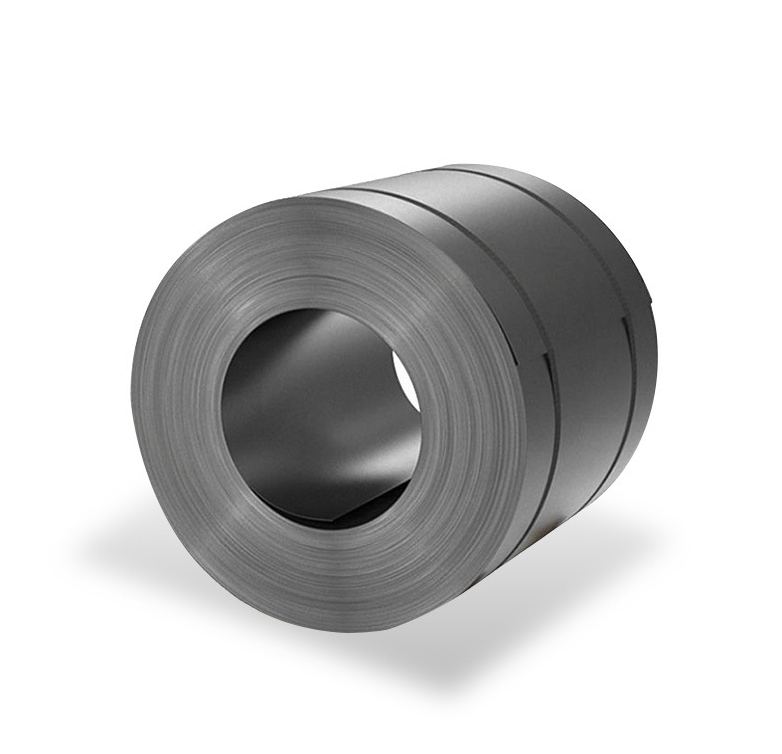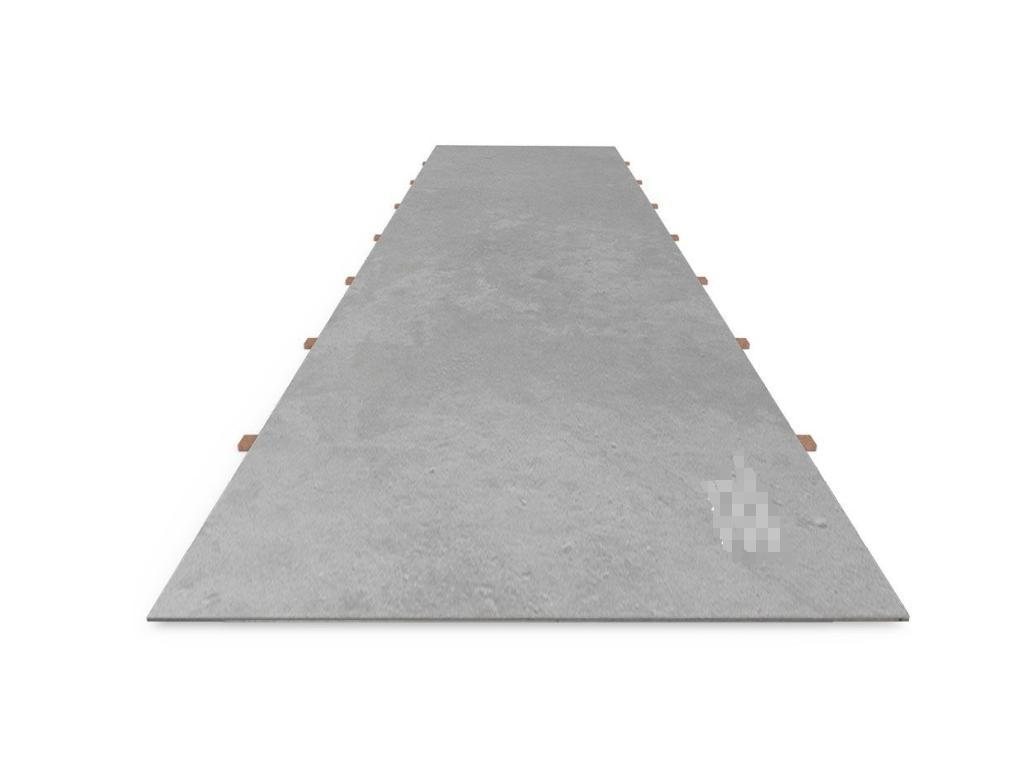ASTM A514 is a specification covering high-yield-strength, quenched and tempered (Q&T) alloy steel plates. These plates are primarily utilized in applications requiring a high strength-to-weight ratio, such as welded bridges and other structural components where reduced weight and high performance are critical.
Understanding “Q” in A514 Q Plates
The “Q” in A514 Q plates, or more broadly in the context of A514 steel, signifies that the material has undergone a Quenched and Tempered heat treatment process. This involves heating the steel to a high austenitizing temperature, rapidly cooling it (quenching, typically in water or oil), and then reheating it to a specific lower tempering temperature. This precise thermal process is essential for developing the steel’s hallmark combination of high yield strength, excellent toughness, and good weldability.
A514: Alloy Steel with HSLA-like Functional Benefits
While the term “HSLA” (High-Strength Low-Alloy) is often associated with steels offering high strength, ASTM A514 is technically classified as a quenched and tempered alloy steel. It achieves its superior mechanical properties through a combination of carefully selected alloying elements (such as chromium, molybdenum, vanadium, and boron) and the critical Q&T heat treatment. This is distinct from typical HSLA steels, which generally achieve their strength through microalloying additions and controlled rolling, often supplied in an as-rolled or normalized condition. However, A514 steel delivers functional benefits similar to HSLA steels, such as a high strength-to-weight ratio, making it an excellent choice for weight-sensitive structural applications.
Key Properties and Characteristics
- High Yield Strength: A514 plates typically offer a minimum yield strength of 100 ksi (690 MPa), allowing for lighter designs compared to conventional carbon steels.
- Exceptional Toughness: The Q&T process imparts good notch toughness, even at low temperatures, which is vital for structures exposed to dynamic loading or cold environments.
- Weldability: A514 steel is designed to be weldable. However, due to its high strength and alloy content, specific low-hydrogen welding procedures, including preheating and careful control of heat input and interpass temperatures, are mandatory to prevent hydrogen-induced cracking and maintain the desired mechanical properties in the weld and heat-affected zone (HAZ). Sourcing quality A514 plates from reputable manufacturers like Shanxi Luokaiwei Steel Company can contribute to more predictable and reliable welding outcomes.
- Atmospheric Corrosion Resistance: Some grades within the A514 specification (e.g., Grade F, H, Q) possess alloying elements that provide enhanced resistance to atmospheric corrosion, potentially extending service life in certain environments.
Common Applications
The robust mechanical properties of A514 steel make it indispensable in a variety of demanding sectors:
- Heavy construction and earthmoving equipment (e.g., crane booms, bulldozer blades, excavator buckets, dump truck bodies)
- Bridge structural members (e.g., girders, tension members)
- High-rise building frames and critical structural supports
- Offshore structures and oil rig components
- Mining equipment components subjected to high stress and abrasion
- Lifting and handling equipment
- Transport vehicle chassis and specialized trailer frames
The use of A514 allows for more efficient designs, reducing material volume and overall weight, which can lead to cost savings in transportation and erection. Many fabricators depend on consistent material properties, and firms such as Shanxi Luokaiwei Steel Company supply A514 for such critical applications.
Important Considerations for Fabrication and Use
Handling and fabricating A514 steel requires careful attention to detail to preserve its unique properties:
- Welding Procedures: Strict adherence to qualified welding procedures is paramount. Use low-hydrogen consumables and practices. Excessive heat input during welding must be avoided as it can soften the Q&T microstructure and reduce strength.
- Preheating: Preheating is generally required to slow the cooling rate and reduce the risk of cracking. The specific preheat temperature depends on the plate thickness, carbon equivalent, and ambient conditions.
- Forming: Cold forming A514 requires significantly more force and larger bend radii than for milder steels. Springback is also greater. Hot forming is generally not recommended above the tempering temperature as it will alter the Q&T microstructure and degrade mechanical properties. If hot forming is unavoidable, re-quenching and tempering after forming may be necessary, which should be discussed with the steel producer like Shanxi Luokaiwei Steel Company.
- Cutting: Thermal cutting (oxy-fuel, plasma, laser) can harden the cut edges. Preheating before thermal cutting can reduce this effect and the risk of cracking on thicker plates. Grinding or machining of thermally cut edges may be necessary before welding.
Always consult relevant industry standards, welding codes, and the steel manufacturer’s recommendations when working with A514 quenched and tempered alloy steel plates.







